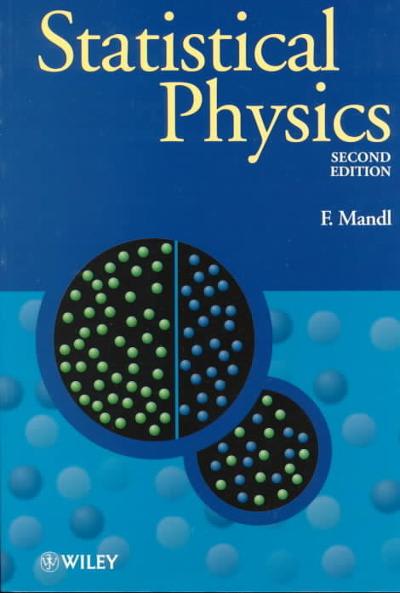Question
A heat engine containing 2.25 L of an ideal diatomic gas at 298.15 K, 0.950 atm (Cp,m = 7/2 R) is designed to go through
A heat engine containing 2.25 L of an ideal diatomic gas at 298.15 K, 0.950 atm (Cp,m = 7/2 R) is designed to go through the following cycle:
AB; A reversible isothermal compression to decrease the volume by a factor of 4.
BC; A reversible adiabatic expansion until the pressure has decreased by 50%.
CD; Constant pressure increases in volume to the original volume.
DA; Constant volume decrease in pressure back to the initial temperature.
1. Sketch out the thermodynamic cycle on a pressure versus volume graph. Label each state (A, B, C and D, and draw each process AB, BC, CD and DA). Numbers on axes are not required. Make sure each point lies on an isotherm.
2. Calculate the entropy change for each step in the cycle.
3. What is the total entropy change over the cycle?
4. What is the entropy change for this gas starting from state B, if it undergoes an increase in volume while the temperature simultaneously decreases to reach the conditions of state D?
5. What is the entropy change for the surroundings for the third step (C D) in the cycle if the temperature of the surroundings is 600K?
6. Will the third step (C D) occur spontaneously if the temperature of the surroundings is held at 600. K?
7. Calculate the Carnot efficiency of this engine cycle. Explain why the actual efficiency is smaller than the Carnot efficiency.
Step by Step Solution
There are 3 Steps involved in it
Step: 1

Get Instant Access to Expert-Tailored Solutions
See step-by-step solutions with expert insights and AI powered tools for academic success
Step: 2

Step: 3

Ace Your Homework with AI
Get the answers you need in no time with our AI-driven, step-by-step assistance
Get Started


